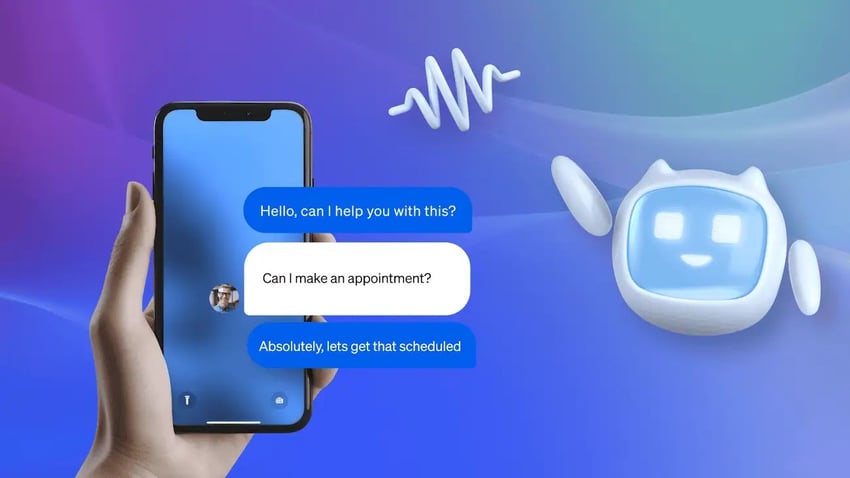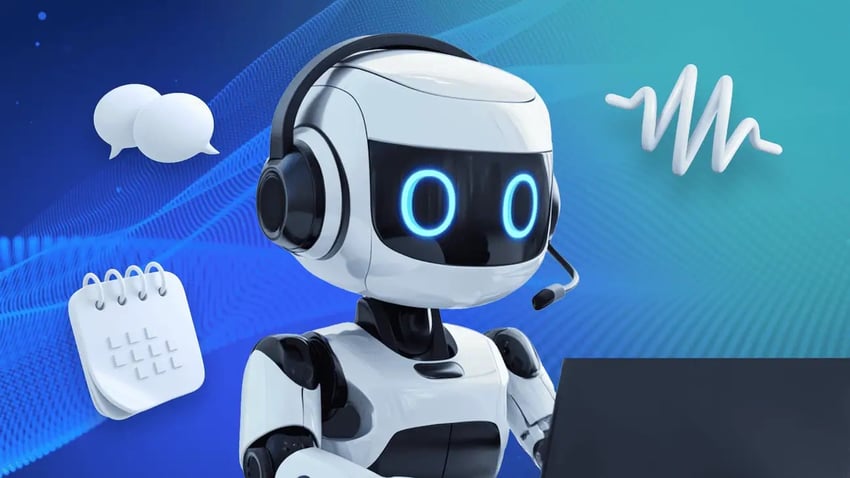When it comes to call center optimization, you might think that artificial intelligence (AI) is the only way to go at the moment. The truth is that while AI can and will help when implemented correctly, there are a ton of other simpler, cheaper processes and workflows you can fix in-house.
So, before you’re tempted to invest in AI, see if the following problems resonate. Then, read on for our best practices on optimizing your call center without making major changes or breaking the bank.
Common Problems in Call Centers (and How to Optimize Each)
1. Long wait times and high abandonment rates
The problem:
High call volume and understaffed queues result in long hold times and high abandonment rates. This has a knock-on effect on customer satisfaction (CSAT), Net Promoter Score (NPS), and customer loyalty. The longer you make customers wait, the less likely they are to recommend your business or have an enjoyable customer experience. Even with the greatest agent in the world on the other end of the line, a long wait will counterbalance the greeting, helpfulness, and problem-solving.
How to optimize:
- In-queue callback: Let customers keep their place in line without staying on hold. This means they can get on with other tasks and not lose time holding.
- Queue limits and call deflection: Use interactive voice response (IVR) to redirect low-priority calls to self-service or text/SMS options. Routine queries like account balances don’t require human expertise.
- Real-time dashboards: Monitor the number of calls and response times and adjust staffing dynamically.
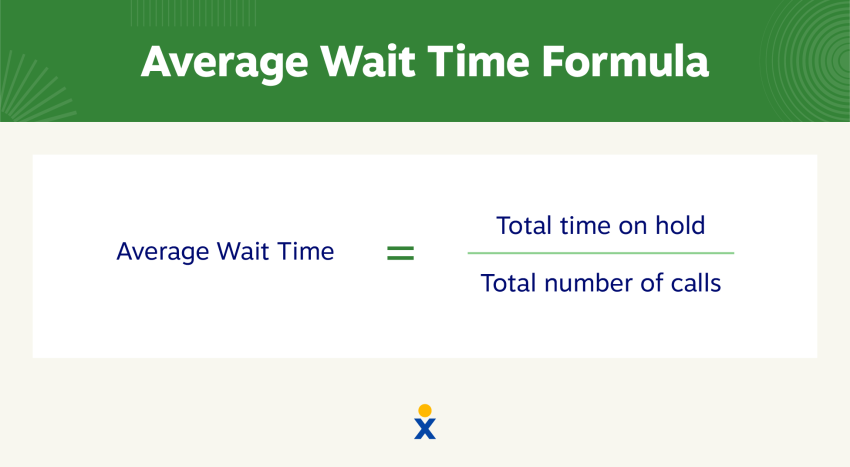
2. Poor call routing and first call resolution
The problem:
Customers get transferred multiple times or reach the wrong department. When they finally reach a suitable agent, that agent must waste time gathering basic information, as they have to manually look up the customer and all relevant information. As a result, average handle time (AHT) increases, and customers become frustrated waiting for call center agents.
How to optimize:
- Skills-based routing: Match calls with agents based on expertise or department. This removes the chance of routing calls to an unqualified or unsuitable agent.
- CRM integration: Display caller history automatically for faster context. Agents no longer need to manually search for information about that caller.
- IVR: Route calls by intent, not just department. Ask customers their reasons for calling and route them accordingly.

3. Inconsistent agent performance
The problem:
Not all agents deliver the same level of service. Some are stars, while others struggle.
The obvious solution here is to implement some form of quality assurance (QA). However, this is often limited to random call sampling, which misses trends and important calls where certain agents have performed poorly.
How to optimize:
- Call center quality management: Record, transcribe, and score 100% of customer interactions. Use automation to sift through every single call, prioritize poor calls, and flag changes to be made.
- Real-time coaching: Use tools like AI-generated “cheat sheets” (RTA cards) triggered by keywords. Agent Assist can provide in-the-moment help for queries, and it learns how responses perform in real time.
- Gamification and feedback loops: Make improvement tangible and rewarding. Display leaderboards and reward high-performing agents for going the extra mile.
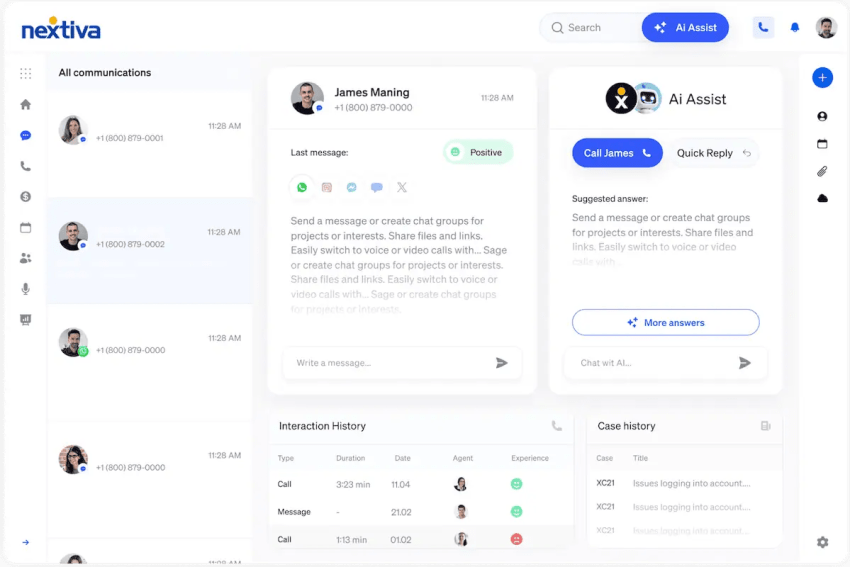
4. Staffing gaps and schedule inefficiencies
The problem:
It’s tempting to be cautious if you’re struggling to handle call volumes. But this often leads to overstaffing during lulls. Likewise, doing nothing means you end up understaffed during spikes.
When you get schedules wrong, it leads to either wasted budget or poor employee engagement. Staffing gaps lead to longer wait times and agents rushing to end calls. Instead, agents should be fulfilling customer requests and putting their experience first.
How to optimize:
- Workforce management (WFM): Forecast call volumes using historical customer data and real-time analytics. Guesswork is no match for data-based suggestions.
- Intraday adjustments: Use live dashboards to adapt staffing on the fly. If you see that one team needs help and another is overstaffed, make that change there and then.
- Cross-training agents: If there’s a chance of one team not needing to handle the same types of calls all day, ensure those agents can handle more types of calls to fill gaps when needed.

5. Lack of visibility into key performance indicators and customer sentiment
The problem:
You can’t improve what you can’t measure. If you don’t have insight into what’s working and where changes need to be made, you end up like the call centers relying on lagging metrics like CSAT or AHT without real-time insight. Sure, you have the numbers. But you have no way of knowing whether they’re good or bad.
How to optimize:
- Unified dashboards: View key performance indicators (KPIs) like first call resolution (FCR), AHT, NPS, queue times, and agent utilization in one place. Get a bird’s-eye view of your call center and all your reports without having to navigate different screens and software.
- Speech and sentiment analytics: Detect frustration, confusion, or positive sentiment during calls. Then, when flagged, call center managers can step in and help out before the customer needs escalation.
- Survey automation (CSAT/NPS): Collect structured feedback after each call. Once captured, it can inform training and streamline workflows.
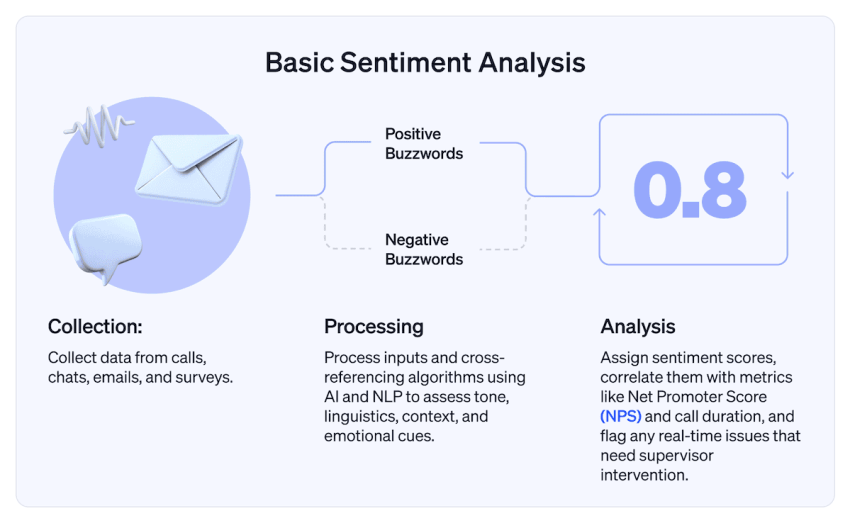
Best Practices for Optimizing Call Centers
Prioritize FCR over speed alone
Fast doesn’t always mean efficient in the contact center. In fact, fast can lead to duplication and inefficiencies.
There’s no point in getting something done quickly if you have to do it again. In a customer service scenario, a repeat offender is an agent who rushes through a call and thinks they’ve resolved the query. Then, the customer calls back in and has to explain their problem to a new agent.
What should have happened was that the agent thoroughly understood the problem, walked through troubleshooting steps, and verified that the issue was completely solved. This way, the customer confirms everything is sorted, and your first call resolution rate doesn’t suffer when they call back in a few minutes.
The same applies to contact center optimization. If you run an omnichannel contact center and have communication channels other than voice (email, web chat, social media, SMS), it pays to make sure the problem is fully solved before ending the interaction. Otherwise, those emails will turn into calls, and your call queues will start to stack up.
Speed is important, but resolution matters more. Focus agent training and QA around FCR, not just AHT.
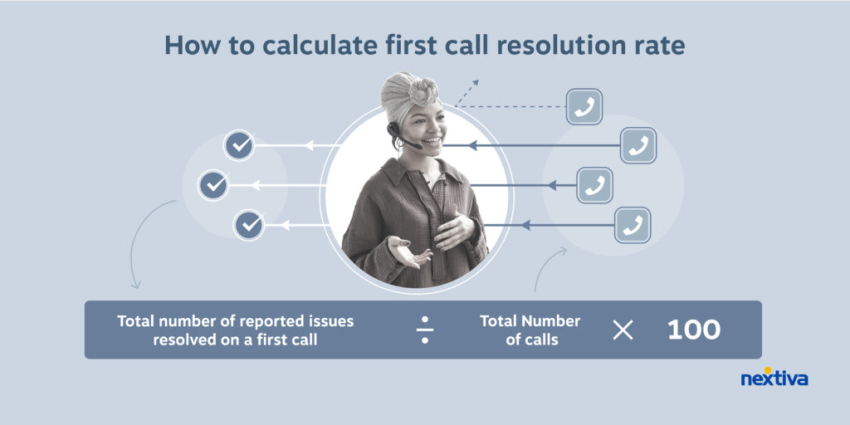
Build a coaching culture, not just compliance
For a long time, it’s been accepted that script adherence is the ultimate goal for agents in a call center. If they stick to the script, they’ll be just fine. If there’s a problem, it must be the customer!
What works better is using recordings and scorecards for learning, not punishment. Does your agent deviate off-script? That could have a better outcome. When your script gets updated, everyone performs better.
Compliance and culture don’t go hand in hand. Coach for outcomes and empathy, not for falling in line and being the same as everyone else.

Use A/B testing in call flows and IVR
What if we told you that your call flows could be causing your bottlenecks? What worked for your customers five years ago may not work now. If you’ve grown your customer base or introduced new products, you may need to revisit the options on your interactive voice response system.
This shouldn’t be a one-time thing, either. Routinely test different routing paths, queue prompts, or messaging to improve conversion and reduce misroutes.
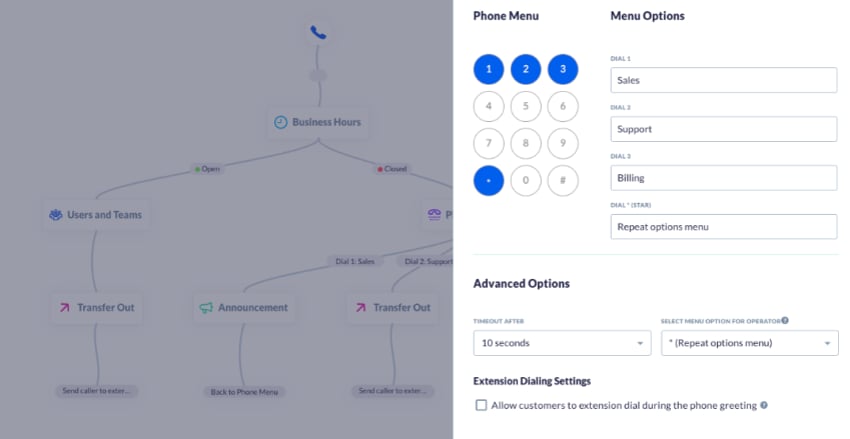
Tie KPIs to clear agent goals
The saying “what you can’t measure, you can’t manage” extends a little further when it comes to call center optimization. If you’ve got tons of data and performance metrics at your disposal, they’re only worth tracking when you link them to real-world agent or customer goals.
Instead of simply reporting on speed and the number of tickets closed, set measurable performance goals: e.g., “reduce AHT by 10%” and “improve FCR by 15%.”
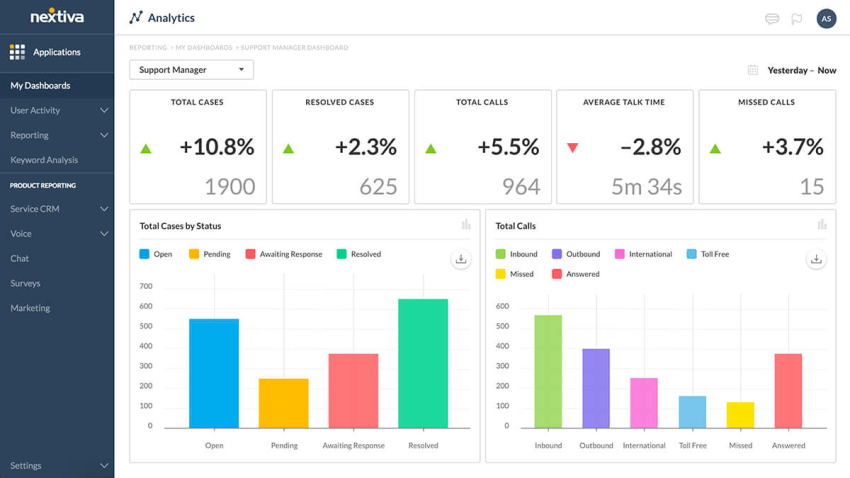
Combine self-service with live customer support
We’re not for one moment suggesting that the need for human agents will ever go away. But we are advocating the automation of what can and should be automated. Things like checking an account balance, asking routine questions like returns policies, and even making payments can happen smoothly without human intervention. The introduction of self-service means human agents can dedicate more time to queries that require empathy or complex troubleshooting.
When you first introduce self-service, as a backstop for irregular instances, allow customers the option to escalate to a human when needed.
Never stop monitoring and refining
When working on call center optimizations, it’s important to understand that the real value is in continuous improvement. Treating optimization as a one-and-done thing means you could end up in the same position in a few months or a year.
Instead, create a monthly or quarterly rhythm for analyzing metrics, updating training, and adjusting workflows. Your future self (and your existing customers) will thank you later.
KPIs You Need to Track
There’s a plethora of metrics and KPIs you can track in call center software. There are so many that it’s hard to prioritize what to track sometimes, all the time, and none of the time.
The following table includes what’s commonly thought of as the KPIs you should measure for better call center optimization.
| Metric | What It Measures | Why It Matters |
|---|---|---|
| FCR | % of customer issues resolved on the first call | Reduces repeat calls, improves satisfaction |
| AHT | Talk + hold + after-call work | Balances speed with quality |
| CSAT | Satisfaction after interaction | Shows how customers feel |
| Abandonment Rate | % of callers who hang up | Reflects wait time frustration |
| Occupancy Rate | Time agents spend working | Balances workload vs. burnout |
| Service Level/Service Quality | % of calls answered in target time | Measures operational efficiency |
| NPS | Likelihood to recommend | Predicts customer retention |
| Agent Turnover Rates | % of agents who leave in a timespan | Increases operational costs |
Using AI-Driven Processes to Improve Call Center Performance
AI is the flavor of the month and won’t be going away any time soon (or ever). That doesn’t mean, however, that you must overhaul your call center operations with chatbots and wizardry.
The possibility of call center automation lends itself to AI. But you don’t have to implement virtual agents from day one (though you could). Here, we’re talking about self-service and handling routine or first-line queries — saving human agents the burden of mundane and repetitive calls. You can then free them up for calls where their skills come in handy and lessen the stress on your call queues.
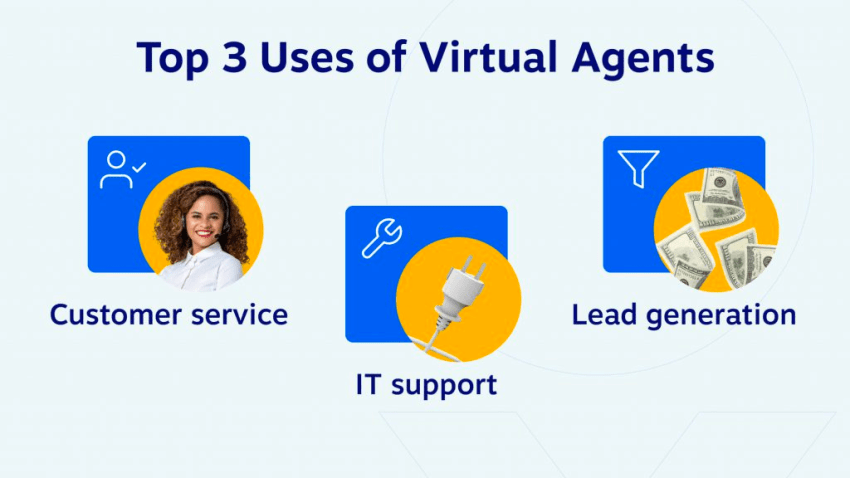
The majority of AI involvement in call centers will be on the back end. We can lean on machine learning for things like improving tracking and flagging potential concerns.
Certainly, the introduction of Agent Assist and sentiment analysis technologies means that agents get instant notifications when something is going wrong. Likewise, those calls get scored immediately and flagged as standouts for ongoing training and performance improvement.
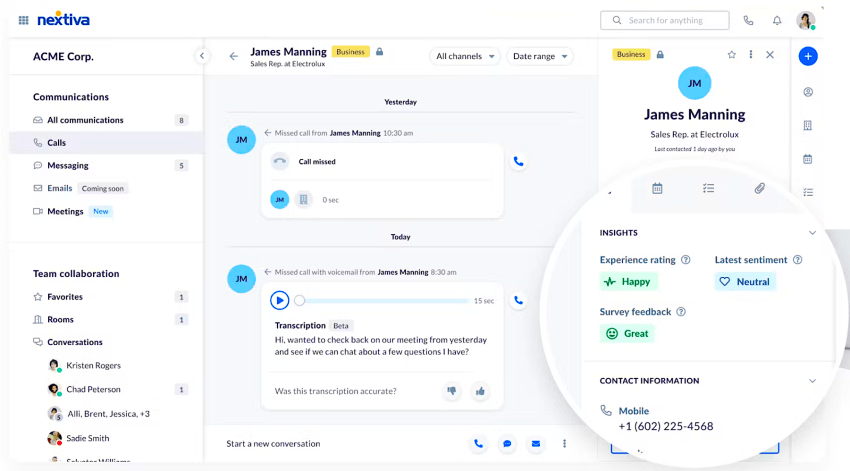
Nextiva: Your Solution to Call Center Optimization
When it comes to call center optimization, you can only do as much as the technology stack in front of you. At Nextiva, we’ve built a complete platform that assists you in making the changes you need at the click of a button and the tweak of a workflow.
With Nextiva, your life is made simpler thanks to:
- Unified platform: Voice, chat, video, and internal collaboration tools all in one place.
- Real-time analytics: Live dashboards and trend tracking across every call and agent.
- Built-in QA and WFM: No need for separate tools and functions for training, staffing, and monitoring.
- Ease of use: No complex deployment. Fast onboarding. 24/7 support from real people.
- AI-powered insights: From sentiment analysis to coaching triggers, Nextiva brings intelligence to every conversation.
Whether you’re struggling with long wait times, inconsistent agent performance, or scaling challenges, Nextiva is the all-in-one platform to help your team thrive.
Ready to get going on call center optimization? See what Nextiva can do for you here. 👇
Your Call Center Solution
It’s crucial that every customer interaction be the perfect experience. Ready to optimize your call center? See what Nextiva can do for you.

















 Customer Experience
Customer Experience 







